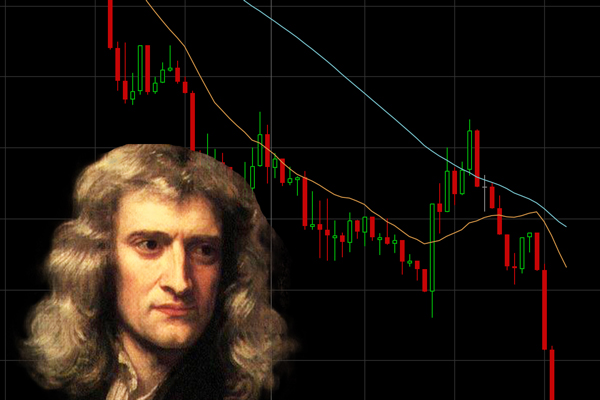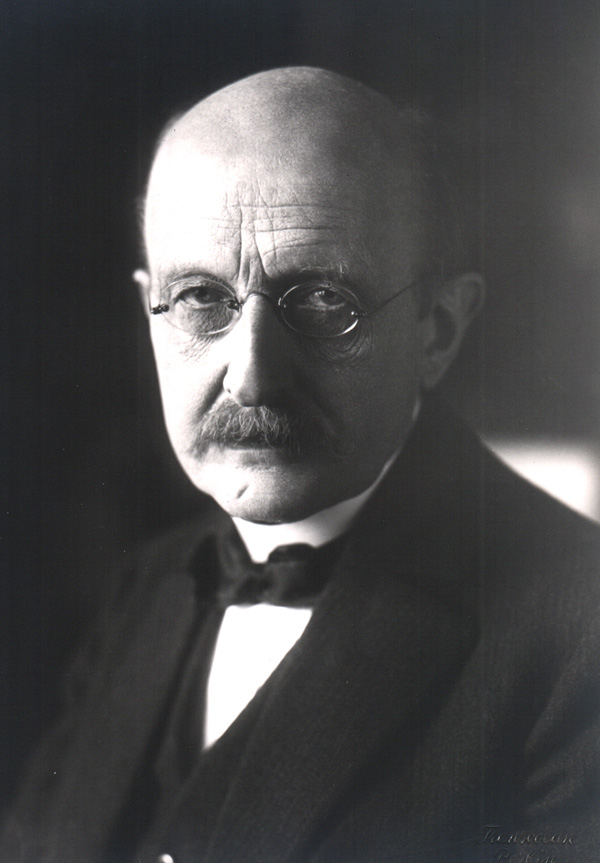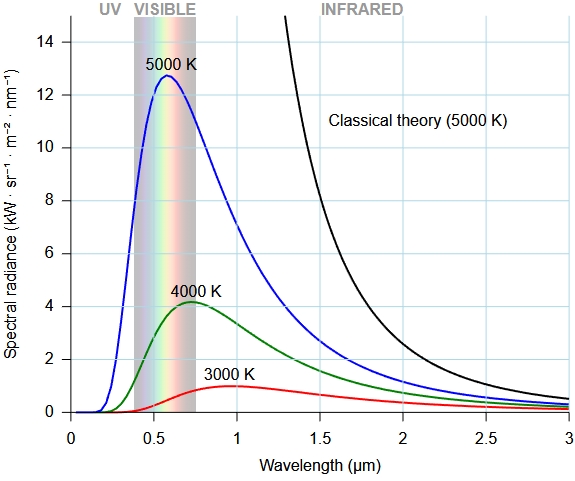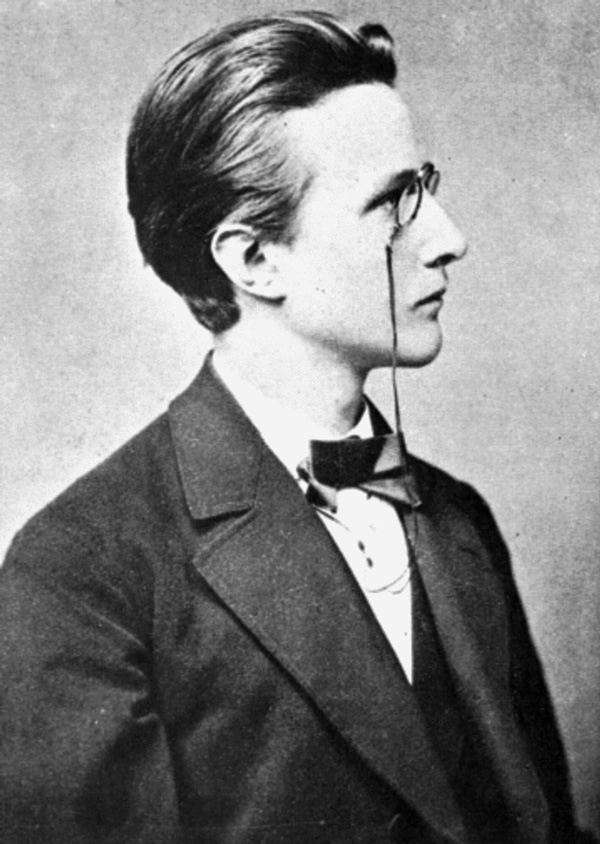[양자 톺아보기] 3. 얼떨결에 뛰어넘은 고전역학
기사입력 2018.08.21 18:00
인공지능, 가상현실 등의 발달로 처리할 데이터양은 늘어가는데 집적회로의 한계는 가까워지고 있다. 그래서 트랜지스터로 만들어진 게이트 대신 양자를 연산법칙으로 사용하는 양자 컴퓨터가 대안으로 떠오르고 있다. 도대체 양자가 뭔지, 또 그걸로 어떻게 하기에 대안이라는 걸까? 과학과 인연이 없던 기자가 양자부터 최근 이슈가 되고 있는 양자 컴퓨터까지, 배우는 마음으로 차근차근 들여다본다.
여기 남해 주식 안 산 흑우들 없죠?
1720년 상반기, 영국에서는 주식 광풍이 불었다. 광풍의 한 가운데에는 남해 회사(The South Sea Company)가 있었다.
남해회사는 당초 영국 정부의 부실 채권을 떠맡기 위해서 설립되었던 회사였다. 그 대가로 남미 무역 독점권을 얻었으나 가상적국 스페인 때문에 벌이가 시원치 않았다. 남미 대부분이 스페인 식민지였기 때문이다. 남해 회사는 1718년, 마침 투자금은 있는데 투자처는 없는 중산층을 노려 복권 형식의 채권을 발행했고 이게 대박이 난다. 고무된 남해 회사는 아예 금융 회사로의 변신을 꾀하고, 1719년 영국 정부에 750만 파운드를 상납하는 동시에 거액의 채권을 인수하는 대가로 액면가에 해당하는 남해 회사 주식의 발행 권한을 얻었다.
그러나 막대한 750만 파운드의 상납금이 문제였다. 자금난에 고꾸라지기 직전까지 몰린 남해 회사는 자사주를 팔아 단번에 돈을 땡기기로 결심한다. 남해 회사는 자사주 값을 올리기 정치권에 돈을 뿌리는 등 갖은 노력을 다했다. 1720년 1월, 1주당 100파운드였던 남해 회사 주식은 6월 24일, 무려 1050파운드까지 껑충 뛰었다. 당시 영국인들은 작년 겨울 한국인들처럼 너나 할 것 없이 남해 회사 주식을 매입했다. 그리고 다같이 멸망했다. 남해 회사를 따라한 무허가 회사들의 난립에 영국 정부가 시장 규제에 들어가면서 주식 값이 제자리로 돌아온 것이다. 분노한 투자자들의 손에 영국 수상은 교체되었고 회계 감사 제도가 도입되면서 남해 거품 사건은 이렇게 마무리되었다.

그 유명한 아이작 뉴턴이 이 꼴을 보고 한 마디 했다. “천체의 움직임은 계산할 수 있어도 인간의 광기는 도저히 계산할 수 없다.” 광풍 불 때 7000파운드 벌어서 좋다고 더 투자했다 20000파운드를 까먹고 한 말이었다. 그 역시 주식의 주자도 모르는 개미에 지나지 않았다.
뉴턴이 누구던가? 누가 먼저 미적분을 창시했는지 열렬히 싸우던 고트프리트 라이프니츠도 "인류 역사상 뉴턴이 살았던 시대까지의 수학을 놓고 볼 때, 그가 이룩한 업적이 반 이상이다."라고 칭찬을 아끼지 않았다. 이렇듯 뉴턴의 명성이 드높고 모두가 인정하던 시절에 뉴턴이 엉덩방아를 찧은 것이다. 고전역학을 집대성하여 그 별칭을 뉴턴역학으로 만든 그 뉴턴도 주식 시장의 생리는 설명 불가능한 것이었다.
주식만 그런 것이 아니다. 양자역학도 그렇다. 뉴턴의 고전역학으로는 양자역학을 설명할 수 없다. 뉴턴이 틀렸다는 한심한 소리를 하려는 것이 아니다. 물리학에 대한 뉴턴의 기여는 이루 말할 수 없고 고전역학은 여전히 거시적인 세계에서는 유용하다. 단지 미시적인 세계에서 유용하지 않을 뿐이다. 인간은 자신이 인식할 수 없는 것은 인정할 수 없다. 뉴턴이 살던 시대에는 원자를 인식할 수 없었다. 그리고 인류가 원자를 실질적으로 인식한 것도 20세기가 넘어서였다.
고전역학의 한계
고전역학에서는 에너지, 운동량, 속도와 같은 물리량은 알갱이로 이루어진 물질과 달리 연속적인 양이라고 본다. 멈춰있는 물체에 에너지를 가하면 속도가 증가하면서 운동에너지도 증가한다. 에너지가 0부터 아주 미세하게 연속적으로 증가할 것 같지만 그렇지 않다. 에너지도 덩어리로 되어 있기 때문에 덩어리로 주고받을 수밖에 없고 따라서 에너지도 이 덩어리의 정수배로만 증가한다는 것이다.
예를 들어 에너지 덩어리의 크기가 10이라면 물체가 가질 수 있는 에너지는 10, 20, 30, … 이렇게만 가능하다. 이런 에너지 덩어리를 양자라고 부르고 에너지가 이렇게 덩어리를 이루고 있는 것을 에너지가 양자화 되어 있다고 말한다. 에너지가 양자화 되어 있으면 에너지와 관계된 다른 물리량도 양자화 되어 있어야 한다.
20세기가 되기 전까지 인류가 이 사실을 모른 이유는 에너지 덩어리가 아주 작기 때문이다. 물리량이 양자화 되어 있다는 사실은 그동안의 경험과 전혀 다른 것이었다. 연속적인 물리량만 다룰 수 있는 고전역학은 이를 설명할 수 없으므로 이런 띄엄띄엄한 물리량을 다루는 새로운 물리학이 필요하다.
양자역학의 출발, 흑체복사 문제
양자역학은 흑체복사 문제를 해결하는 과정에서 태동했다.
알자스-로렌 지방은 지금도 유럽의 대표적인 철광석 산지다. 19세기 말, 알자스-로렌 지방을 차지하고 있던 독일은 이 지방의 풍부한 철광석을 기반으로 제철 산업을 일으켰다. 당시 독일 산업계에선 쇳물의 빛깔을 보고 그 온도를 파악하는 것이 이슈였다. 쇳물의 온도에 따라 공정을 바꿔야 했기 때문이다. 붉은빛보다 파란빛이 나올 때 온도가 더 높다는 것을 경험적으로 알고 있었지만, 왜 그런 것인지 과학적으로 설명이 필요했다.
흑체란 외부에서 오는 빛을 모두 흡수하고 반사하지 않는 가상의 물체를 뜻한다. 완전한 흡수체인 흑체는 빛을 반사하지 않으므로 흑체에서 나오는 빛은 스스로 내는 빛 뿐이다. 당시 과학자들은 흑체를 통해 물체가 내는 빛의 색깔이 물체의 온도에 따라 어떻게 달라지는지를 설명하려고 시도했다. 존 레일리, 제임스 진즈, 빌헬름 빈 등이 고전역학으로 이를 설명하려 했으나 무리였다.

흑체 뿌릴 일 없던 막스 플랑크
흑체복사 문제는 독일의 물리학자 막스 플랑크(Max Planck)가 ‘양자화 가설’을 도입한 ‘막스 플랑크 법칙’으로 설명하는데 성공한다. 법칙의 내용은 흑체복사의 에너지가 플랑크 상수라는 특정한 상수와 진동수의 곱의 정수배가 되어야 한다는 것이다.

플랑크의 흑체복사 곡선(RGB)과 레일리-진즈의 곡선(검은색)
플랑크가 사용한 양자화 가설의 핵심은 전자기파의 에너지가 양자화 되어 있다는 것이다. 에너지는 임의의 작은 양으로 주고받을 수 있는 것이 아니라 일정한 크기의 덩어리 형태로만 주고받을 수 있다는 것이다. 식을 이용하여 나타내면 진동수가 ν인 전자기파의 에너지는 hν라는 에너지 덩어리로만 방출할 수 있다는 것이다. 여기서 h는 플랑크 상수(단위 진동수당 에너지)다. 플랑크는 이 이론으로 1918년에 노벨 물리학상을 받았다.
아냐, 그래도 아닌 것 같아
그러나 정작 플랑크는 양자화 가설에 대해서 그저 가설일 뿐이라며 시큰둥했다. 왜냐면 플랑크가 흑체복사 문제를 설명했을 무렵은 2편에서 마흐가 볼츠만을 공격하고 있을 그 무렵이었기 때문이다. 플랑크는 자신이 얻은 새로운 복사법칙에 대한 이론적 근거를 찾은 과정에서 뜻하지 않게 볼츠만의 통계역학이 가정하고 있었던 원자론적 엔트로피 법칙을 받아들이지 않으면 안되는 상황에 봉착했다.
플랑크는 그 전까지 열역학 제2법칙을 논의할 때 볼츠만의 통계역학을 받아들이지 않았다. 하지만 새로운 복사식의 체계적인 설명을 찾는 과정에서 마지못해 볼츠만의 통계역학을 받아들이게 된다. 플랑크에게 있어서 양자화 가설보다는 고전 전자기학과 볼츠만의 통계역학을 동시에 만족하는 체계적인 자연법칙을 유도하는 것이 더 중요했다. 플랑크는 빛이 입자라는 생각에 대해서는 저항감이 심했다.

소싯적엔 꽃미남이었던 플랑크
플랑크는 젊은 시절, 물리학을 공부하기로 마음 먹고 뮌헨 대학의 물리학 교수를 찾아갔다. 교수는 “물리학은 발견할 거 다 발견한 거의 다 완성된 분야다”라며 물리학을 공부하지 않는 걸 권했다. 플랑크는 “이미 알려진 것을 이해하는 것만으로도 만족한다”며 물리학을 공부했다.
아이러니하게도 플랑크는 양자화 가설을 통해 양자역학의 시조가 되었다. 그는 자신이 제안한 양자화 가설을 고전역학의 틀 안에서 설명하려고 시도했다. 그러나 그의 시도와 달리 양자역학은 고전역학과 완전히 다른 방향으로 흘러갔다.
누군가는 플랑크를 ‘고전역학의 막내이자 양자역학의 맏이’라고 부른다. 하지만 양자역학에 기여하고도 양자역학을 인정하지 못하는 물리학자는 플랑크 뿐만이 아니었다. 아인슈타인과 슈뢰딩거도 양자역학에 큰 기여를 했음에도 양자역학에 회의적인 반응을 보였다.
양자역학의 시작에 대해 간략히 알아봤다. 이어질 기사에선 양자역학이 어떻게 성장했는지를 짚어보겠다.
이수민 기자
관련 웨비나
많이 본 뉴스
[열린보도원칙] 당 매체는 독자와 취재원 등 뉴스이용자의 권리 보장을 위해 반론이나 정정보도, 추후보도를 요청할 수 있는 창구를 열어두고 있음을 알려드립니다.
고충처리인 장은성 070-4699-5321 , news@e4ds.com




.png)
.jpg)






